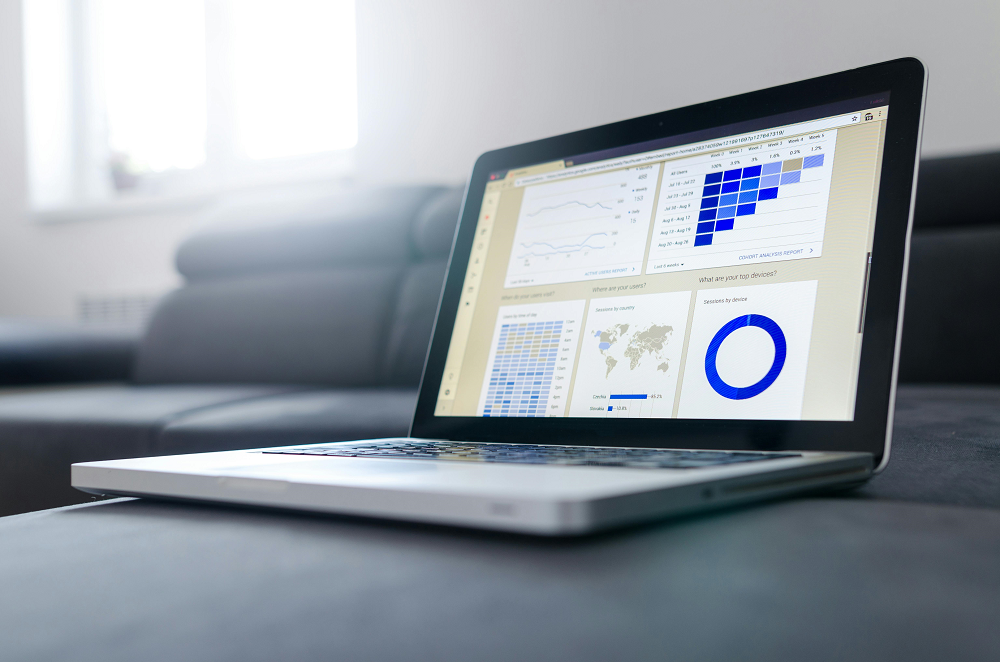Introduction
The ability to measure DOOH (Digital Out-of-Home) Analytics has been crucial in transforming outdoor advertising from a static medium to a highly targeted, data-driven industry. Once limited to estimating foot traffic, the field has evolved to include real-time audience insights, AI-driven attribution models, and programmatic reporting.
This timeline explores how DOOH Analytics has developed over the years, highlighting key breakthroughs, technologies, and the pioneers behind this transformation.
The Early Years: Estimating Outdoor Advertising Impact (Pre-1990s)
In the early days of DOOH Analytics, advertisers relied on manual observation and estimates to assess the effectiveness of outdoor campaigns. Metrics like daily traffic counts and visual exposure estimates were used to justify ad placements.
1890s – The First Attempts at Measuring Out-of-Home Advertising
American entrepreneur John B. Watson, a pioneer in behavioral psychology, applied early audience tracking techniques for billboard advertising. He conducted manual traffic counts to estimate how many people viewed advertisements in urban areas.
1920s – The First Standardized Audience Measurement Reports
The Outdoor Advertising Association of America (OAAA) introduced standardized tracking methods, using government-collected traffic data to estimate billboard impressions. This marked the first structured approach to OOH analytics, though it remained highly imprecise.
1950s – The Birth of Traffic Flow Data for Advertising
With the rise of automobile culture, advertisers like James O’Toole, a marketing researcher at General Motors, started integrating traffic flow data into outdoor advertising planning. This approach laid the groundwork for more advanced analytics in DOOH.
The Digital Shift: Computer-Based Audience Measurement (1990s-2000s)
The 1990s saw a major transformation in DOOH Analytics, thanks to the introduction of computational data analysis. With the expansion of digital billboards, advertisers sought better ways to track engagement.
1996 – The First Computer-Based Audience Measurement for OOH
Market research firm Arbitron (now Nielsen) developed the first computer-based tracking system to measure billboard audiences. Using GPS data and consumer surveys, they provided advertisers with more accurate visibility metrics.
2000 – The Emergence of Digital Billboards and Real-Time Analytics
The introduction of digital billboards by companies like Clear Channel Outdoor and Lamar Advertising enabled real-time ad rotations, but it also created a need for real-time analytics. This led to early sensor-based audience tracking methods.
2005 – The First Large-Scale Use of Mobile Data in DOOH Analytics
Pioneering work by PlaceIQ and xAd (now GroundTruth) introduced location-based analytics, using mobile device signals to measure audience movement patterns around DOOH displays.
The AI Revolution: Real-Time and Predictive Analytics (2010s-Present)
With advancements in artificial intelligence and big data, Digital Out Of Home Analytics moved beyond traffic estimates to real-time insights, predictive modeling, and hyper-targeted attribution tracking.
2013 – Quividi Introduces AI-Powered Audience Recognition
Quividi, a leader in computer vision technology, launched AI-driven facial recognition for DOOH, allowing advertisers to track demographics, dwell time, and engagement levels with greater accuracy.
2016 – The Rise of Programmatic DOOH Analytics
With the growth of programmatic advertising, companies like Vistar Media and Broadsign developed automated analytics dashboards that connected DOOH performance to digital ad metrics, improving campaign optimization.
2019 – Google Expands DOOH Analytics with Google Marketing Platform
Google introduced real-time data integrations for DOOH Analytics through its Display & Video 360 (DV360) platform, allowing brands to measure cross-channel impact and link DOOH exposure to online and offline conversions.
2021 – Computer Vision and AI Attribution Advance DOOH Analytics
AI-powered analytics platforms, including AdMobilize and Mirriad, began using computer vision and motion tracking to provide hyper-detailed audience engagement reports.
Present – The Integration of DOOH Analytics in Smart Cities
Modern smart cities integrate DOOH Analytics with real-time urban data, using 5G and IoT sensors to provide dynamic, personalized ad targeting. Stockholm, New York, and Tokyo have already deployed smart billboards that adjust ads based on environmental and behavioral data.
Conclusion: The Future of DOOH Analytics with Confirm
From manual traffic counts to AI-powered insights, the evolution of Digital Out Of Home Analytics has transformed outdoor advertising into a measurable, data-driven channel. Advertisers today can track real-time impressions, audience engagement, and conversion rates with unprecedented precision.
At Confirm, we empower businesses with state-of-the-art DOOH Analytics solutions, allowing advertisers to measure campaign effectiveness, optimize targeting, and maximize ROI. Want to revolutionize your DOOH strategy? Visit our Website and discover how Confirm’s analytics can help you stay ahead in the digital out-of-home industry.
